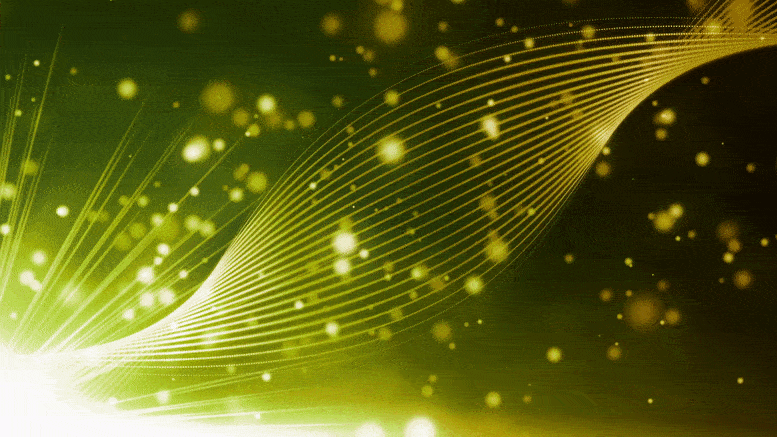
Scientists have developed an illustrative method called coherence maps to elucidate quantum phenomena. They used these maps to gain insights into the quantum mechanics underlying photosynthesis — the process plants and some bacteria utilize to convert sunlight into food. The technique, which portrays a system’s quantum behavior, enabled the team to study the molecular structure responsible for harvesting sunlight and the transfer of this energy to the site of a chemical reaction.
Researchers have developed coherence maps, a technique to visualize quantum mechanics and understand the mechanisms underpinning photosynthesis. The maps elucidate the complex energy transfer process in photosynthesizing bacteria, providing a clear picture of how sunlight energy is channeled from the outer to the inner molecular ring of the light-harvesting complex.
Systems obeying quantum mechanics are notoriously difficult to visualize, but researchers at the University of Illinois Urbana-Champaign have developed an illustration technique that displays quantum features in an easy-to-read diagram called a coherence map. The researchers used these maps to study the quantum mechanisms that underlay photosynthesis, the process by which plants and some bacteria use sunlight to convert carbon dioxide and water into food.
“It was hard to believe how simple coherence maps are,” said Nancy Makri, a professor of chemistry at the U. of I. and the project head. “When dealing with nonintuitive quantum phenomena as a part of complex processes like photosynthesis, interpreting theoretical calculations can be quite a challenge. But coherence maps tell you everything you need to know in a snapshot.”
In a study published recently in The Journal of Physical Chemistry Letters, Makri’s research group applied coherence maps to analyze earlier computer simulations of photosynthesizing bacteria in a new way. The researchers studied the molecular complex that “harvests” sunlight, absorbing it and transferring its energy to a chemical reaction site where carbon dioxide and water are processed. Coherence maps not only clearly displayed how energy was transferred to the reaction site, but they gave a clear quantum explanation for the transfer.
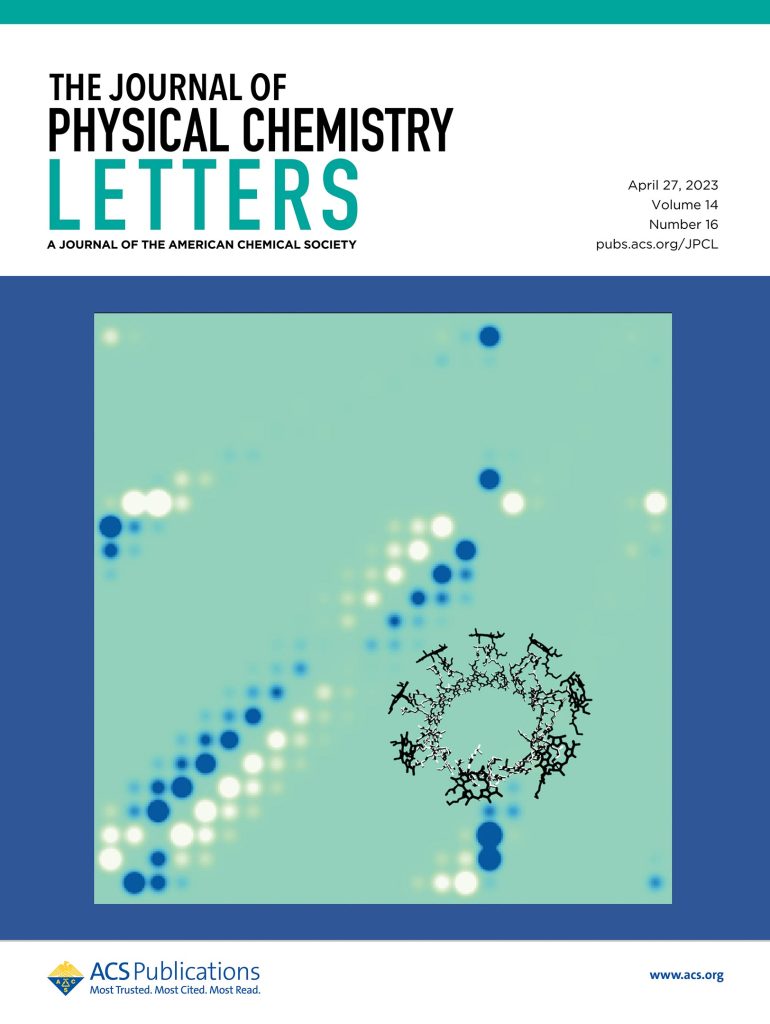
The work of Makri’s group was featured on the cover of The Journal of Physical Chemistry Letters. A diagram of the bacterial light harvesting complex is set against a coherence map illustrating the complex’s quantum behaviors. Credit: The Journal of Physical Chemistry Letters
Makri explained that coherence maps are illustrations of the reduced density matrix, a mathematical object containing all information about a system’s quantum behavior. “Even for modestly sized systems, the reduced density matrix becomes quite large, and all its components are interrelated,” she said. “It’s simply too much information to analyze. With coherence maps, though, there is a ton of information that pops out of the pictures just from a glance.”
This information allowed the researchers to identify the energy transfer pathways in the bacterial light harvesting complex “very transparently,” according to Makri. The complex contains an outer ring and an inner ring of molecules. The outer ring absorbs sunlight, and the inner ring contains the chemical reaction site. Makri’s group showed that the two rings are connected by the motions of the atoms in the molecules, and coherence maps clearly illustrated that these motions focus energy from the outer ring to the inner ring.
“Looking ahead, I believe coherence maps will be an invaluable tool to theoretical analyses based on quantum mechanics,” Makri said. “Just in this study, they gave important insights into the photosynthesis mechanism, one of the great mysteries of biology.”
Makri’s research group reported simulations of the energy transfer mechanism in photosynthesizing bacteria in Science Advances, and the group introduced coherence maps in The Journal of Physical Chemistry B.
References:
“Coherence Maps and Flow of Excitation Energy in the Bacterial Light Harvesting Complex 2” by Reshmi Dani, Sohang Kundu and Nancy Makri, 17 April 2023, The Journal of Physical Chemistry Letters.
DOI: 10.1021/acs.jpclett.3c00670
Makri is a member of the Illinois Quantum Information Science and Technology Center, the Computational Science and Engineering Program, and the Beckman Institute for Advanced Science and Technology at the U. of I.
This work was supported by the National Science Foundation.


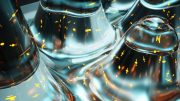
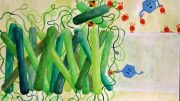


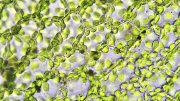
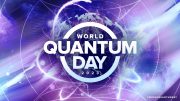

We are White, Brown and Black. Microscopic Euglena is Green and can harvest light for Photosynthesis. Under Low Light conditions, Euglena Eats up Amoebae, Paramecia etc., So, it is both a Plant AND an Animal. Hopefully, Researchers will be able to come up with variously colored Photosynthetic Pigments FAR BETTER THAN Chlorophyll soon, so that a Century from now, Humans too Can be like Euglena, Both a Plant and and Animal. Why? Only Humans have Brains and are Super Supreme. Humans should use the Brains the type of which all other animals on earth are missing. Struggling to fill up Stomachs is Very Dumb. Animals Beat us in several respects. Look at Euglena, Monkeys, Cheetah and Elephants. Why Silly Olympics, Prayers and Horse Races? Why is it good in beating each other in Silly matters?